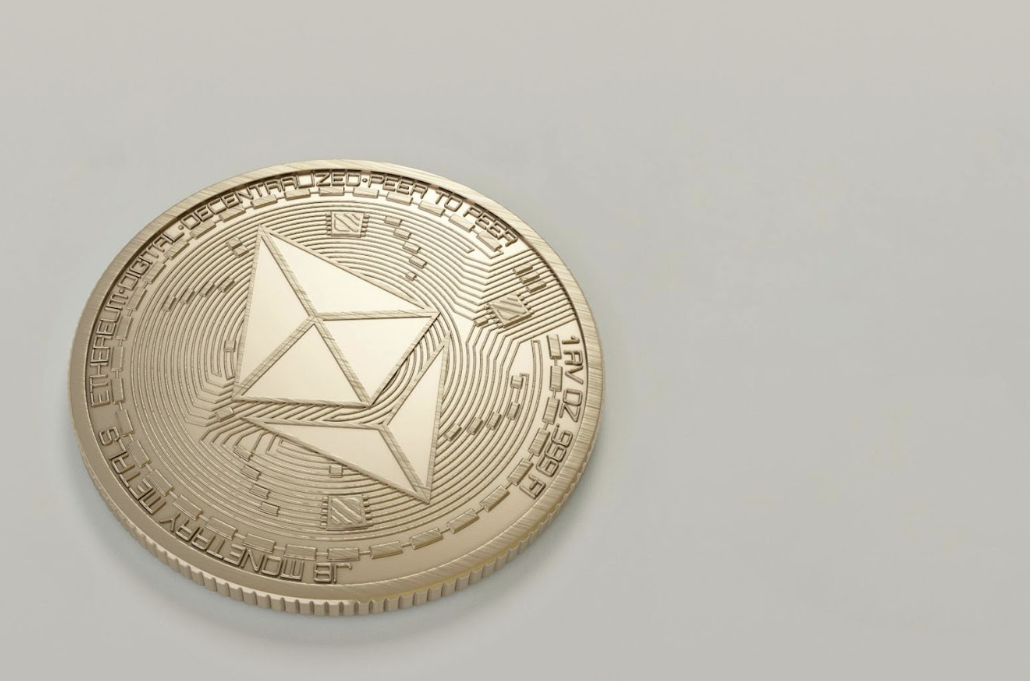As Ethereum Interest Wanes, Is a Price Rebound Incoming?

Ethereum is showing signs that its blockchain is falling into disuse. This may explain its falling prices. Yet does this mean a rebound is incoming? We discuss it below.
It is not the inherent value of Ether that has worried many over the past months. What is really worrying, is the lack of activity on its blockchain. This has seen its fee drop to a five-year low of $0.168. All of this is at a time when its main competitor, Solana, is rapidly catching up and has entered a mini bull run. But does this mean a change is coming for Ether?
Ethereum’s Problems
At the time of writing, the Ethereum price is hovering around $1,594 and is up 1% on the day. Earlier in the week it pushed up to $1679, before sliding back down. However, it is down around 61% over the last four months. This follows its high of $3149 in January, buoyed by the new incoming US administration.
Fees are important as they are dependent on how busy a network is. They are the costs associated with transacting and validating a process on the blockchain. Essentially, they pay validators for their time and resources. Certain times of day and the year are generally busier. However, the less work there is to do, the lower the fee drops. When the network is busy, prices rise as people want to pay to get transactions validated and processed quickly. This signals no one is transferring or using smart contracts on the blockchain.
One reason could be that many users are migrating to other platforms. Scalability has been an issue for some time and while it has increased, making fees cheaper has reduced revenue. This has seen Ethereum lose ground to cheap layer 2 alternatives like BNB Chain and Solana. This can be seen in the total value locked, in which Ethereum has had a drop of 3% over the last 7 days and 8% over the last 30. This is in stark contrast to Solana, which has gained 4.4% in a mere week.
There is an upside to this. It provides a time frame in which people who are testing apps and products for future use can do so without high fees. This can often spell a period of action and innovation on a blockchain shortly afterward.
The action of whales has done very little to indicate where its price may go either. Around 143,000 ETH were offloaded over the past week. However, on Tuesday 16th this reversed, and a period of buying began after the selling. Around 320K was bought up by Ethereum whales, after having offloaded a large amount at the start of April. In USD, $24.72 million in long positions was liquidated while $9.58 million was liquidated in short positions. This could signal a rebound is on the way.
Is a Rebound Incoming?
While Ethereum has dropped below the $1,600 mark, signals are that a rebound is on its way. Not only is this due to the accumulation of whales, but it is also getting close to its realized price levels. In the past, this has been significant as rebounds have followed. In fact, every major bull run in the coin’s history has started like this. So far, it is at the lower end of a realized price model. This is a great time for long-term investors to re-enter, as has been seen with Whale activity.
There is no doubt it is still in a downturn. Yet it may find support around the $1500 mark. This has always been a bottom point for the currency. If it can push back upward from this, then break $1670, it could carry on quite far toward even the $2000 mark.
Its gas fees may also offer some insights. Traditionally, when they have dropped below $1, seen as a dangerous level, a price rebound follows. This will be a key metric for any investor to watch if they are thinking of buying into Ethereum at this low point.
There is also an upgrade in the form of Pectra on the way. It is scheduled to go live on May 7th, if there are no hold-ups, such as the recent attacker who caused problems during the testnet activation. This will allow several improvements to Ethereum and let it remain competitive with other blockchains. These improvements include reduced fees and network congestion. It will lower the Layer-2 blob capacity from three to six. It will also be possible to pay fees in stablecoins.
A second phase will follow, which is expected towards the end of the year or into 2026. This will improve storage capabilities and verification. All of this is building on the previous Dencun upgrade.
By no means is Ethereum dead and buried. Has it fallen behind competitors? Maybe. But it is still the biggest blockchain by market cap and when improvements bring it up to speed, it will be a competitive investment again. This can only mean a rise in its prices.
Miss Clipping Out Stories to Save for Later?
Click the Purchase Story button below to order a print of this story. We will print it for you on matte photo paper to keep forever.

